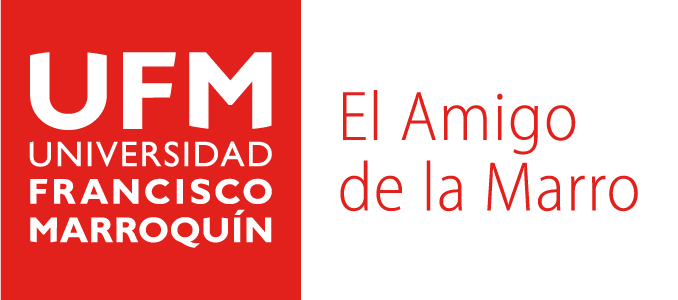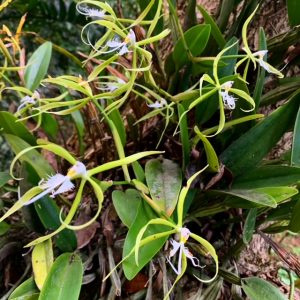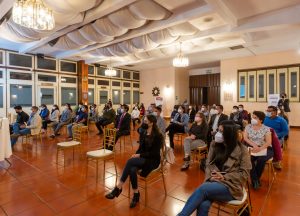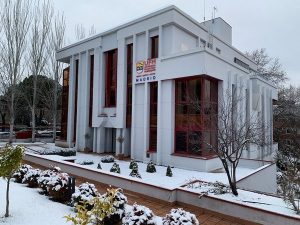 |
| Sobralias in the fountain of the Ludwig von Mises Library |
The Franciso Marroquín University Campus is rich in orchids and fungus that show their most beautiful specimens at the beginning of the rainy season.
Actually there are two types of fungus in the UFM Campus, the living fungi at the UFM’s gardens and
Arboretum, and the fungal stones at the Popol Vuh Museum. The Mayan fungal stones, embellished with human and animal figures are a mystery.
A hypothesis relates them with rituals involving fungal consumption to see visions and communicate with the gods. However, since the fungal stones are dispersed throughout the fields, without an apparent pattern, some question that possibility. Another hypothesis states that they are land markers, but their mobility makes it subject to reasonable doubt.
A third possibility is that Mayans used those fungal stones to signal, during the dry season, the place where fungi grew during the rainy season.
The fourth hypothesis holds that, since fungi grow during the first rains, Mayans took the fungal stones to the fields to mislead the Gods. So when they saw the fungal stones in the fields they would say Ah! Its time to make rain! And the rainy season would start.
At the UFM Campus, during this season, you can see different varieties of fungi that remind us of the Mayan fungal stones. Likewise you can see plenty of orchids flowering or in their initial flowering stages.
Orchids characterize by their external sexual organs located in a column (differing from stems and pistils that other flowers have) and that they have three sepals and petals. One of them is modified, with the shape of a lip, and is called labelo. It is used as a landing field or bait for pollinating agents.
Here we have abundant encyclias, epidendrums, oncydiumsi and cattleyas among other genders. We have terrestrial ephiphits in the area, most of them are native to the region, but others have been rescued and brought here.
Recognizing that we live in a society of free and responsible persons, at the UFM we have the goal of protecting the land where the campus is located, to organize an arboretum and protect the last remains of the Montana forest in the City of Guatemala, and to establish a biologic reserve and a place for entertainment.
On May 22nd of 2006, Juan Luis Font, columnist of El Periódico, wrote: ¿Have you seen what the landscape architect of the Francisco Marroquín University has done at the land between Vista Hermosa and Ciudad Vieja? Its a work of art. Other media have mentioned the UFM Campus, such is the case of Francisco Méndez, who wrote a story published in the magazine Domingo of Prensa Libre on June 13th 2004; and at the Readers Digest Selecciones in May 2002, mentioning the UFMs biologic reserve, noting that the vegetation has extended and many animal specimens have come back.
More photos,
here.
Recientes
- 1
- 2
- 3
- …
- 1.541
- Siguiente »



